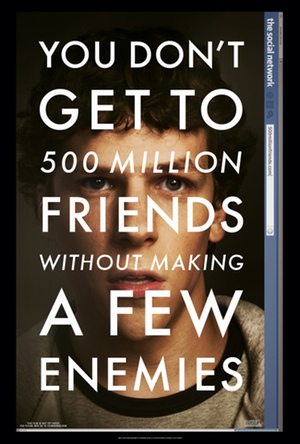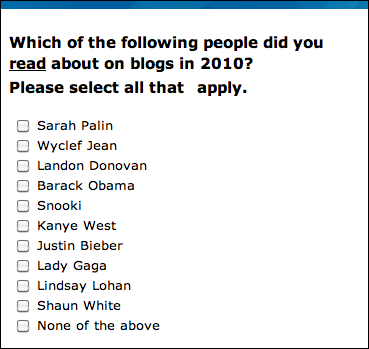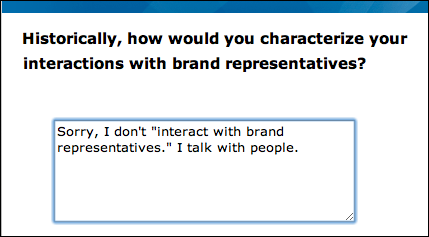- From Frankfurt: OR Books Preaches Elegant, Direct Model [Publishing Perspectives]: Their model: Direct sales, low advances/high royalties, big marketing push, and licensing to trad publishers.
- Will technology kill book publishing? Not even close [Harold McGraw III and Philip Ruppel, USAToday]: "Why is there such a gap between the perception of a dying industry and the reality of a rapidly adapting one?" Five myths.
- Random House sees e-book sales jumping: CEO [Reuters]: "Random House…expects electronic books to contribute more than 10 percent of its U.S. revenue next year."
- Publishers’ crazy e-book prices [Dan Gillmor, Salon]: "Having taken control of pricing from Amazon, publishers are foolishly pushing down demand."
- Trying to borrow library e-books a frustrating exercise [Tracy Sherlock, Vancouver Sun]: "I've recently borrowed a Kobo e-reader, and for the past two weeks I've been trying (in vain) to borrow an e-book."
UPDATE: See Alan de Smet’s comment on the “Will technology kill book publishing?” piece: “. Traditional publishers will find themselves increasingly marginalized. To the extent that publishers continue to dominate, they will do so as highly streamlined companies that serve authors, not bookstores or even readers.”











